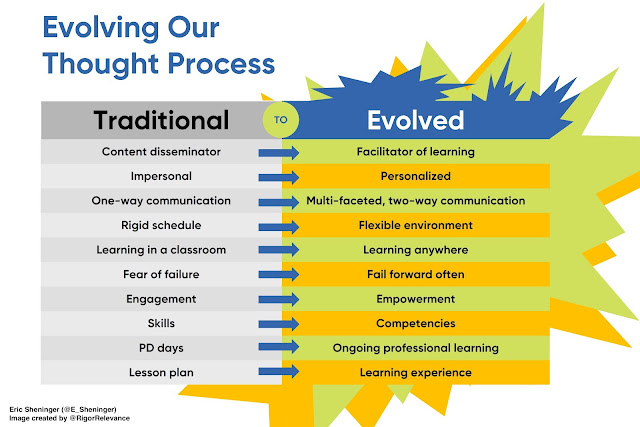Branding in education, or brandED, is a strategic mindset of clearly highlighting what makes your classroom, school, or district unique in a way that showcases all of the great things taking place that create a positive culture. It is all about TELLING, not “selling,” in order to build powerful relationships with all school stakeholders. Effective branding elevates the work taking place, focusing on image, promise, and result. We shared the following in BrandED:
PROMISE
... A compelling core connection to the value we guarantee to our community (WHY)
RESULT
...A consistent reason to believe by our stakeholders (HOW)
IMAGE
...Identity that grows awareness of the good we accomplish (WHAT)
The true power of brandED lies in the powerful learning experiences that you provide to the kids you serve. It can be developed and sustained by focusing on the following questions:
- How does our audience perceive us?
- What end is in mind?
- What channels will we use?
- What kinds of original thinking can we advance?
- How to show our value and create loyalty?
The questions above bolster and add context to a simple equation that can unlock the power of brand:
Improve the work + share and celebrate the work = brandED
Creating a connection with people is vital for all educators in today’s environment. The power of brandED is that it can embody attributes that people will feel drawn to through compelling storytelling. By leveraging well-crafted stories, the messaging can lead to the creation of emotional resonance in stakeholders' minds, leading to a greater understanding of and support for everything that is done to help students succeed. By unlocking the power of brand, educators can:
- Redefine the landscape by setting themselves and schools apart in a way that shows value by moving beyond a sole emphasis on tangible features such as logo, mascot, colors, and taglines.
- Establish a focus that helps to better manage time, resources, and the strengths of the people you serve to make perception reality.
- Develop and sustain enduring relationships with all stakeholders through empowering stories that lead to an identity that resonates.
- Motivate colleagues by paying it forward through the consistent sharing of their innovative work.
- Build on achieved success by continuously redefining what it takes to impact student success and achievement that results in lasting loyalty. The key is to lead from awareness to fidelity.
- Amplify all the good that takes place to develop a critical awareness. Identify the benefits that provide and appeal to emotions.
Brand power now and in the future is undeniable. I shared the following in Digital Leadership:
Aren’t educators always building, brokering, and sustaining relationships? With a brandED mindset, “initiating” relationships becomes the first step. Strategic brand is grown through mutual trust and good faith as you strategically initiate new connections. You can grow your own professional brand personality as well as that of your insti¬tution by purposefully creating relationships that lead to school improvement.
The most critical word above is improvement. While part of unlocking the power of brand is sharing all of the good to build priceless relationships, it is also about unearthing additional areas of growth.




